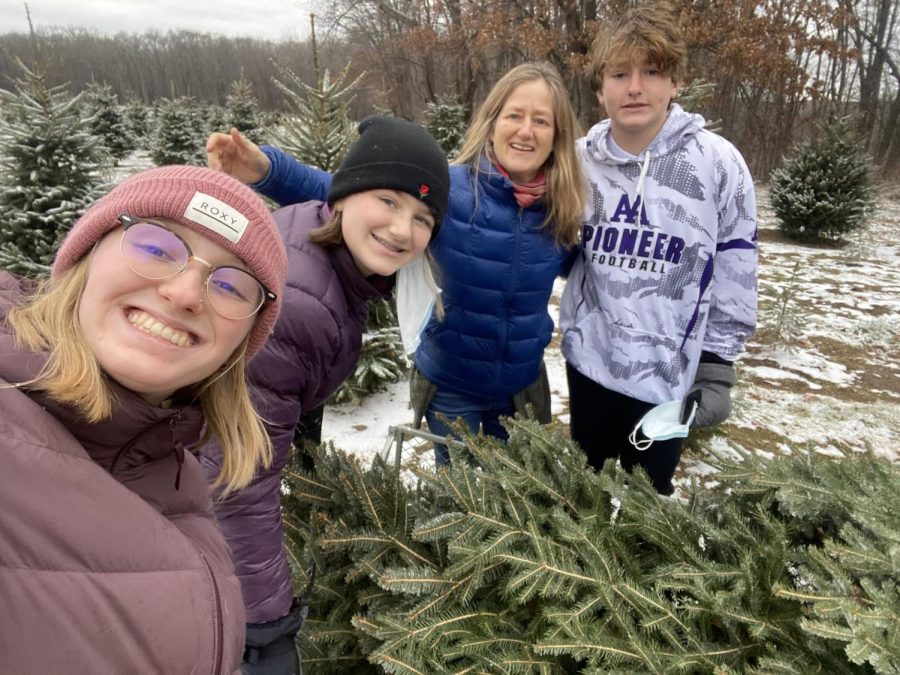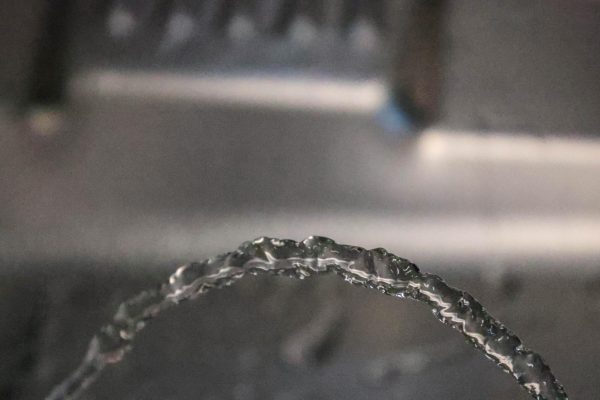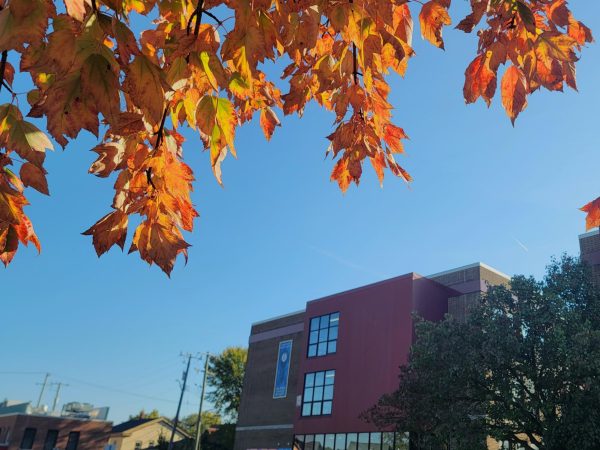We Must Protect Children
On March 13, 2020, I was fifteen years old. I was still a freshman in high school and I had no idea what my future had in store for me. Covid was a mystery that I had only heard about in the news and in my classes (where we talked about how it could never affect us).
Almost two years later, both of my siblings have been forced to quarantine in their rooms because of this mystery disease we used to know nothing about.
When I got the call in the middle of an October school day in 2021, I knew immediately what it was about. My younger sister had stayed home because she was sniffly and, even though we thought it was nothing, she took a home test to be extra cautious.
“Ria, don’t freak out,” my mom said over the phone. I stood outside the door to my fifth block classroom, slumped against the wall. “Lucy tested positive. We’re going to get a PCR test.”
Her words faded out between questions about quarantining and masks and tests. I walked back into the classroom, but my brain stayed out in the hall on overdrive. I knew I was being selfish, but I was angry with my sister and my family. Why did this have to happen to us?
It turns out, we aren’t unique. Since the beginning of the pandemic, more than 11 million children have tested positive for Covid-19. That accounts for one in 10 children. Although children are mostly asymptomatic, according to the CDC, other consequences come with testing positive for Covid-19.
My 12-year-old sister, fully vaccinated and one of the strictest masking people I know had to quarantine for two weeks in her room. She couldn’t see us, hug us, or spend time with us. Instead, we delivered food to her door and FaceTimed her so she wouldn’t get lonely. There were a lot of tears in my house during that week, not only from my sister.
As the Omicron variant flares up, more and more children are ending up in the hospital, many of them vaccinated. Hospital admissions of children have risen 66% in the last week. These children are isolated from their families, miss weeks of school and can’t see their friends. They are also at risk for the disease MIS-C (Multisystem Inflammatory Syndrome), which can lead to life-threatening complications of the heart and other organs.
At least 15% of eligible Americans are currently unvaccinated by choice due to concerns about possible side effects and a lack of trust in the vaccines. This is putting the children who cannot be vaccinated at risk for Covid-19 and prolonging the pandemic’s effects on school and social life. So how can we keep children safe in and out of school?
According to Harvard Health, prioritizing a “test to stay” policy can help keep kids in school without the fear of exposing Covid-19 to peers. Outlined by the CDC in early December 2021, “test to stay” entails testing students twice a week if they had close contact with the virus. Multiple tests have shown this strategy decreases the in-school transmission of Covid-19.
Anyone who is able needs to get both vaccinated and boosted. This is the best way to prevent Covid-19, as well as wearing masks whenever you are in public places or around other people.
We must prioritize the wellness of those around us, especially the children whose lives have exponentially been affected by Covid-19.









